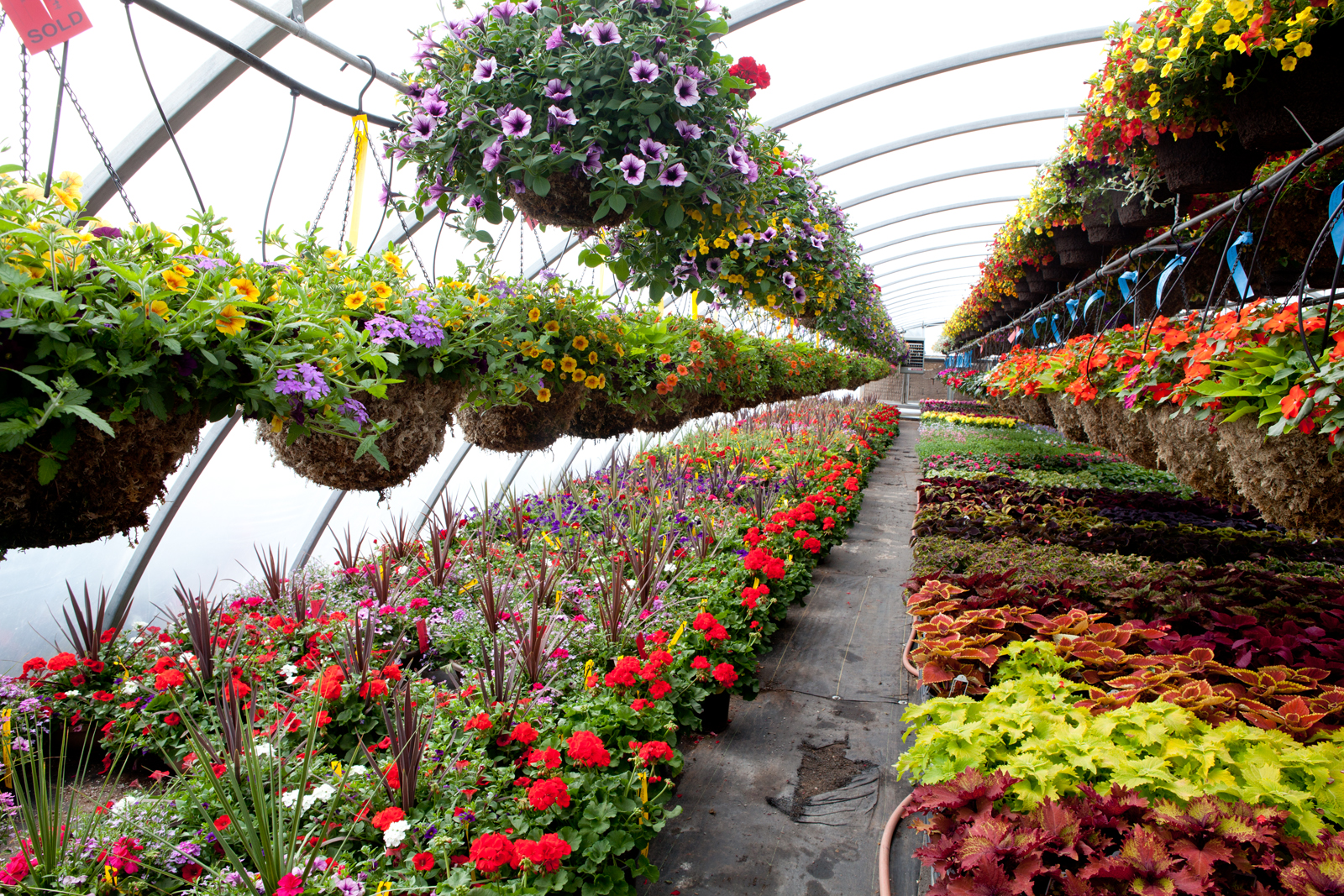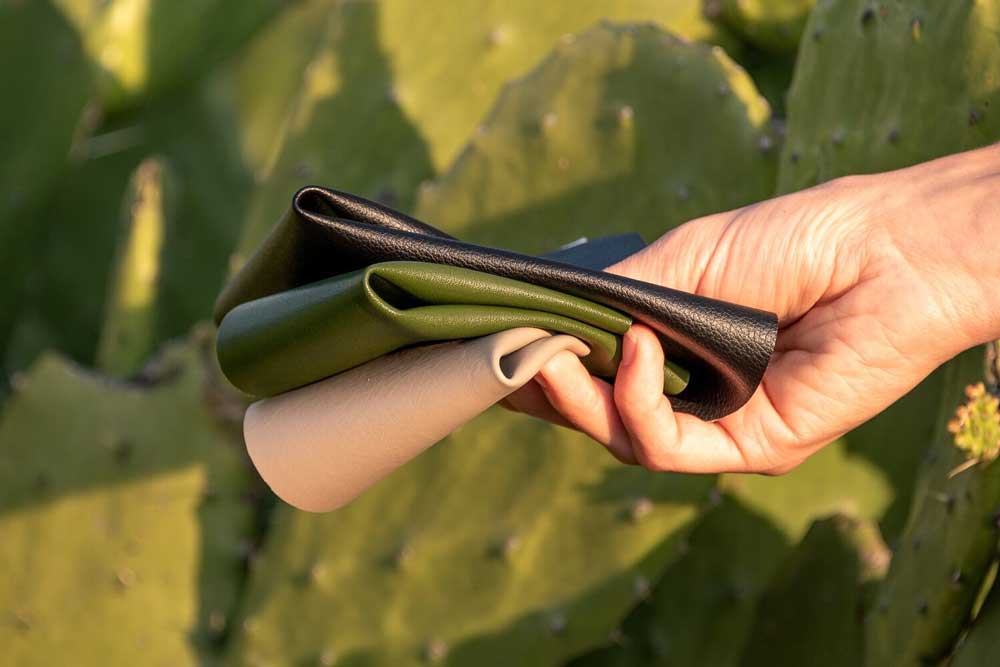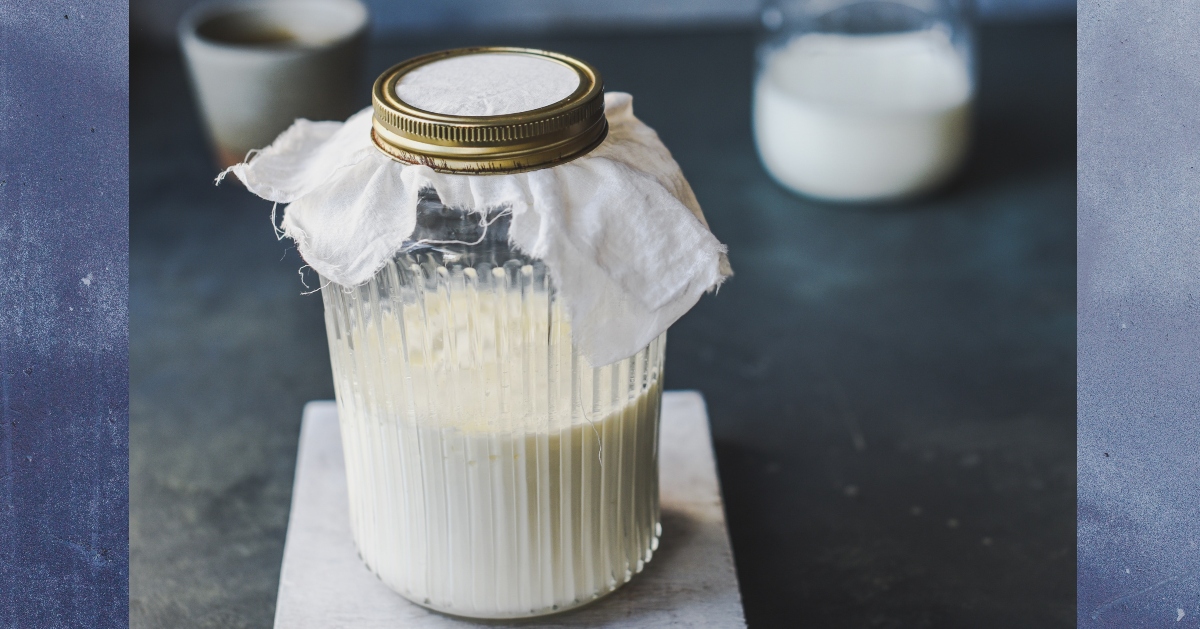Introduction

A plant nursery is where plants are grown and sold to the public. It is an excellent resource for gardeners, landscapers, and homeowners who want to add greenery to their homes or yards. Shopping at a nursery can be beneficial because the plants are typically healthy, and the staff can provide expert advice on plant selection and care.
This article will discuss some tips for choosing and caring for plants in nursery. We will cover factors to consider when selecting plants, how to inspect them for quality and health, and techniques for caring for plants. We will also explore specialty plants and provide suggestions for DIY garden projects. By the end of this content, you will have the knowledge and skills needed to create a thriving garden.
Benefits of shopping at a nursery
Shopping at a nursery has several benefits over buying plants from other sources like big box stores or online retailers. Here are some of the advantages of shopping at a nursery:
- Quality plants: Nurseries typically have a wide selection of healthy plants that are well-cared for. They are grown optimally, making them less likely to suffer from diseases or pests.
- Expert advice: The staff at a nursery are often knowledgeable and experienced in plant care. They can provide guidance on the best plants for your specific needs, growing conditions, and level of expertise.
- Variety: Nurseries usually have a wider variety of plants than other retailers, so you have more choices when selecting the right plants for your garden.
- Sustainability: Nurseries often prioritize sustainability by using eco-friendly practices and offering native plant varieties adapted to the local climate and soil conditions.
- Support local businesses: By shopping at a local nursery, you are supporting a small business and the local economy.
Shopping for plants in nursery can be a more rewarding experience because you can find high-quality plants and receive expert advice from knowledgeable staff.
Choosing plants in nursery
When selecting plants in nursery, several factors must be considered to ensure you choose healthy and thriving plants that will do well in your garden. Here are some tips for selecting plants in nursery:
- Consider the growing conditions: Different plants have different requirements for sunlight, water, and soil. Before you buy a plant, make sure you know the growing conditions it needs and whether those conditions are present in your garden.
- Look for healthy plants: Inspect the plant for signs of damage or disease. Avoid plants that contain yellow or wilted leaves, spots, or insect damage.
- Check the roots: The plant’s roots should be healthy and firm. Gently pull the plant from the pot and check the roots. Healthy roots should be white or light-colored and not overcrowded or moldy.
- Check the size: Choose the right size for your garden. Avoid plants that are too large or too small for your available space.
Following these tips, you can choose healthy plants in nursery that will thrive in your garden.
Factors to consider when selecting plants in nursery
When selecting plants in nursery, there are several factors to ensure that you choose plants that will thrive in your garden. Here are some of the most significant aspects to consider:
- Climate: Different plants are adapted to different climates. Some plants prefer hot and dry conditions, while others prefer cooler temperatures and more moisture. Choose plants that are appropriate for the climate in your area.
- Soil type: The soil type in your garden can affect how well plants grow. Some plants prefer well-draining soil, while others do better in soil that retains moisture. Choose plants that are fit for the soil conditions in your garden.
- Sun exposure: Some plants prefer full sun, while others prefer partial or full shade. Consider the sunlight your garden receives and choose appropriate plants for those conditions.
- Water requirements: Some plants require more water than others. Choose plants suited to the amount of rainfall or irrigation your garden receives.
- Maintenance requirements: Different plants require different levels of maintenance. Some plants require regular pruning or fertilization, while others require minimal care. Choose plants that you can realistically maintain.
- Purpose: Consider the purpose of the plants in your garden. Are you looking for plants that provide shade, attract pollinators, or produce food? Choose plants that are suited to the purpose you have in mind.
By considering these factors when selecting plants in nursery, you can choose plants that will thrive in your garden and provide beauty and functionality for years.
III. Caring for Plants
Once you have chosen healthy plants from a nursery, providing them with the proper care is important to ensure they continue to thrive in your garden. Here are some tips for caring for plants:
Watering:
Different plants have different water requirements, so watering them according to their needs is essential. Water deeply and less frequently rather than shallowly and frequently to encourage deep root growth.
Fertilizing:
Plants require nutrients to grow, and it’s important to provide them with the right fertilizer at the right time. Avoid over-fertilizing and adhere to the fertilizer’s packaging guidelines.,
Pruning:
Pruning helps to shape the plant and encourage healthy growth. Remove dead or damaged branches, and prune back overgrown areas.
Mulching:
Mulching aids with moisture retention and weed control. Apply an organic mulch layer around the plant’s base, taking care not to bury the stem.
Pest and Disease Control:
Look for pests and diseases, and take action immediately if you notice any problems. To control pests and diseases, use eco-friendly methods, such as insecticidal soap or neem oil.
Sunlight and Shade:
Please ensure the plants receive the right amount of sunlight or shade, depending on their requirements. Some plants prefer full sun, while others prefer partial or full shade.
Common plants found in nurseries
Nurseries typically carry various plants, including common plants popular among gardeners. Here are some examples of common plants found in nurseries:
- Annuals are plants with a single growing season to complete their entire cycle. They are popular for their vibrant colors and easy care. Examples include petunias, marigolds, and impatiens.

- Perennials: perennials grow year after year. And are often planted for their long-lasting blooms and low maintenance. Examples include daylilies, hostas, and coneflowers.

- Shrubs: Shrubs are woody plants that add structure and texture to a garden. They come in various sizes and shapes and can be used as focal points or hedges. Examples include boxwood, hydrangeas, and roses.

- Trees: Trees provide shade, beauty, and habitat for wildlife. They come in various sizes and shapes and can be used as specimen trees or planted in groves. Examples include maple trees, oak trees, and dogwood trees.

- Herbs: Herbs are plants that are utilized for culinary or medicinal purposes. They are easy to grow and can be planted in containers or herb gardens. Examples include basil, thyme, and mint.

- Vegetables: Vegetable plants are popular among gardeners who want to grow their own food. They are easy to grow and can be planted in raised beds or traditional vegetable gardens. Examples include tomatoes, peppers, and lettuce.

Gardeners can create a beautiful and functional landscape that meets their needs and preferences by choosing from these common plants.
Specialty plants
In addition to the common plants found in nurseries, many specialty plants can add unique interest and beauty to your garden. Here are some examples of specialty plants:
- Succulents: are plants that store water in their leaves, making them well-adapted to hot and dry conditions. They come in various shapes and sizes and can add unique texture and color to your garden.

- Ferns: Ferns are plants that thrive in moist, shady conditions. They have delicate fronds that add a soft and lush look to your garden.

- Fruit Trees: Fruit trees are a great way to add beauty and functionality to your garden. They provide delicious fruit while also adding shade and beauty to your landscape.

- Ornamental Grasses: Ornamental grasses come in various colors and textures and can add movement and interest to your garden. They are also drought-tolerant and low-maintenance.

- Native Plants: Native plants are plants that are indigenous to your area. They are well-adapted to the local climate and soil conditions and provide critical habitats for native wildlife.

- Rare and Unusual Plants: Nurseries often carry rare and unusual plants that can add unique interest and beauty to your garden. These may include exotic flowering plants, unusual foliage, or plants with interesting growth habits.

By incorporating specialty plants into your garden, you can create a unique and personalized landscape that reflects your style and interests.
Tips for caring for specialty plants
Caring for specialty plants may require more attention and knowledge than caring for common plants in nurseries. Here are some tips for caring for specialty plants:
- Succulents: Succulents are low-maintenance plants that require well-draining soil and infrequent watering. However, avoiding overwatering is important, which can lead to root rot. Succulents also benefit from occasional fertilization with a balanced fertilizer.
- Ferns: Ferns thrive in moist, shady conditions and require regular watering to moisten the soil. They also benefit from occasional fertilization with a balanced fertilizer.
- Fruit Trees: Pruning fruit trees regularly promotes fruit output and healthy growth. They also require fertilization with a balanced fertilizer in the spring and fall. Choosing the right variety of fruit trees for your climate and soil conditions is important.
- Ornamental Grasses: Ornamental grasses require well-draining soil and infrequent watering. They benefit from annual pruning in the early spring or late winter to encourage healthy growth.
- Native Plants: Native plants require minimal maintenance once established in their natural habitat. However, choosing the right species for your specific location and providing appropriate soil and water conditions is important.
- Rare and Unusual Plants: Rare and unusual plants may require specific care instructions based on their individual needs. Be sure to research the specific care requirements of any specialty plant you purchase and follow those instructions carefully.
You can enjoy their unique beauty and benefits in your garden for years by properly caring for specialty plants.
DIY Garden projects
In addition to selecting and caring for plants, nurseries also offer an opportunity to explore a variety of DIY garden projects. Here are some ideas for garden projects that can be done with plants and materials from a nursery:
- Container Gardens: Container gardens are a great way to add color and interest to small spaces, such as balconies or patios. Visit your local nursery to choose plants that work well in containers and select a variety of pots to create a visually appealing display.
- Raised Garden Beds: Raised garden beds are an easy way to create a designated space for growing vegetables and other plants. Choose a sunny spot in your yard and visit the nursery to select soil and plants that are suitable for your growing conditions.
- Garden Trellis: A trellis can add visual interest to a garden while also providing support for climbing plants such as cucumbers or beans. Visit the nursery to select plants that work well with your chosen trellis design.
- Herb Spiral: An herb spiral is a unique way to grow various herbs in a small space. Visit the nursery to select a variety of herbs and choose a location in your yard that gets plenty of suns.
- Garden Art: Nurseries often carry a variety of garden art, such as statues, fountains, or decorative planters. Choose pieces that reflect your personal style and add a touch of visual interest to your garden.
By incorporating DIY garden projects into your landscape, you can create a personalized outdoor space that reflects your style and interests. A trip to the nursery can be a fun and inspiring way to get started on your next garden project.
Steps to complete the project
To complete a DIY garden project using plants and materials from a nursery, follow these general steps:
- Choose a Project: Consider the space you want to improve, your gardening experience, and the time and resources you want to invest. Look for inspiration online, in gardening books and magazines, or at your local nursery.
- Select Materials: Once you have chosen a project, visit your local nursery to select plants and materials that fit your design and growing conditions. Ask nursery staff for advice on plant selection, care, and maintenance.
- Prepare the Site: Depending on your project, you may need to prepare the site by removing weeds, leveling the ground, or building a foundation. Make sure the site has proper drainage and receives the appropriate amount of sun and water for the plants you have selected.
- Install the Project: Follow your project’s instructions or design plan to install the plants and materials. Follow proper planting techniques, such as digging a hole deep enough for the plant roots and adding fertilizer or soil amendments as needed.
- Maintain the Project: Once your project is complete, it’s important to provide ongoing care and maintenance to ensure the plants thrive. This may include watering, fertilizing, pruning, and pest management.
- Enjoy Your New Garden: With proper care and maintenance, your new garden project will provide beauty and enjoyment for years. Take time to appreciate the fruits of your labor and adjust as needed to keep your garden looking its best.
Following these general steps and consulting with your local nursery, you can complete various DIY garden projects that enhance your outdoor living space and showcase your gardening skills.












